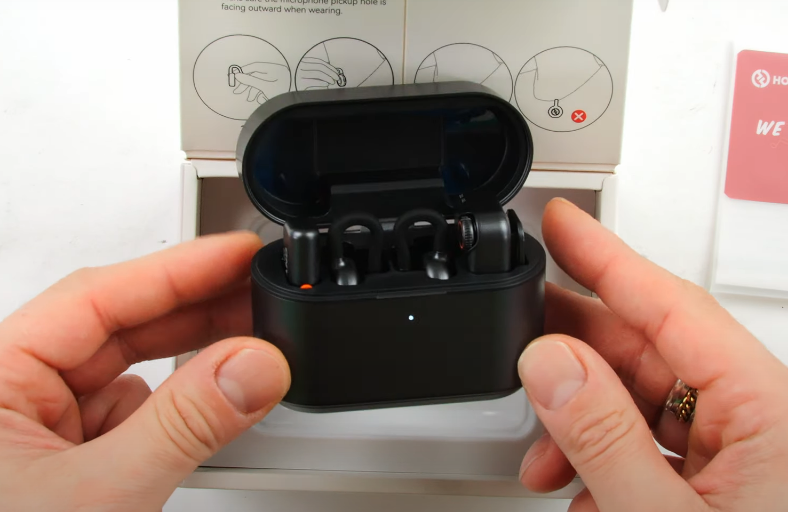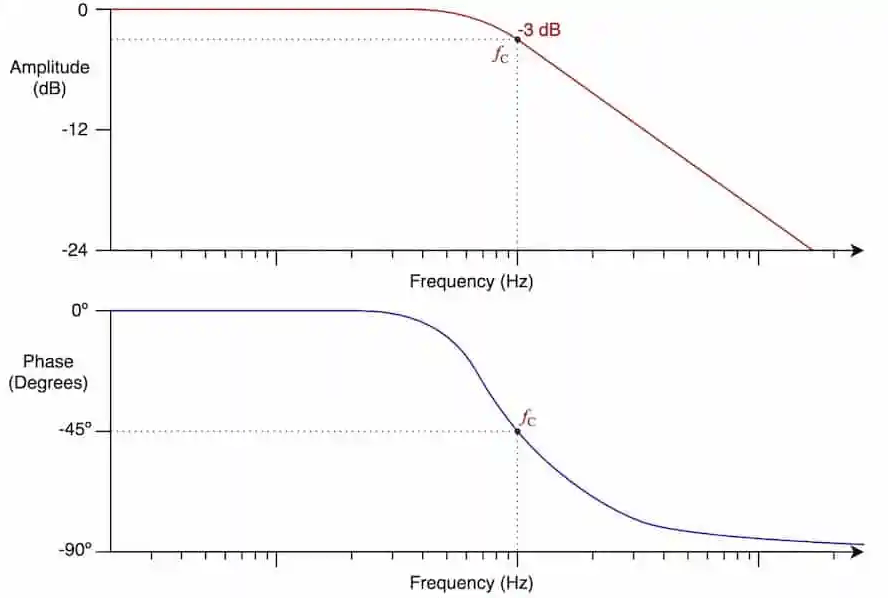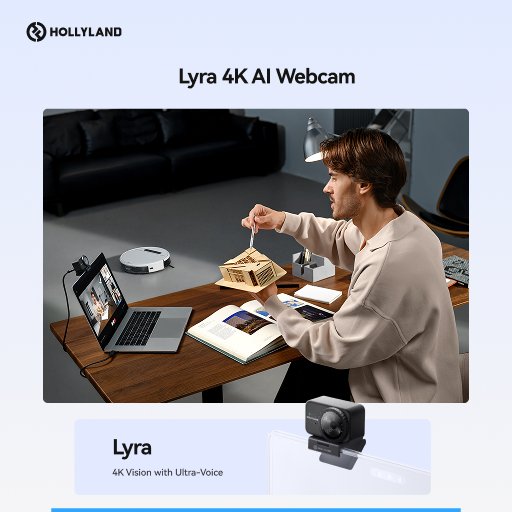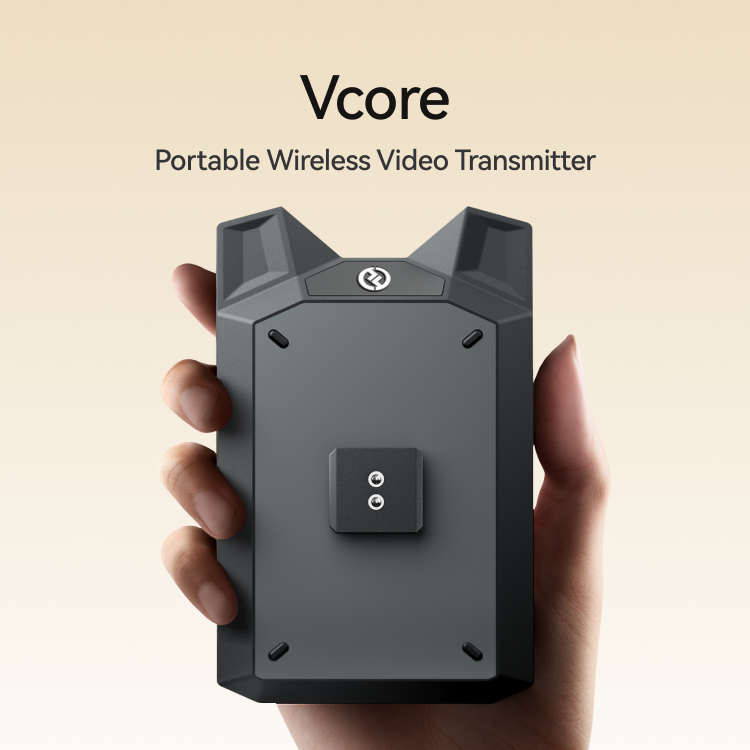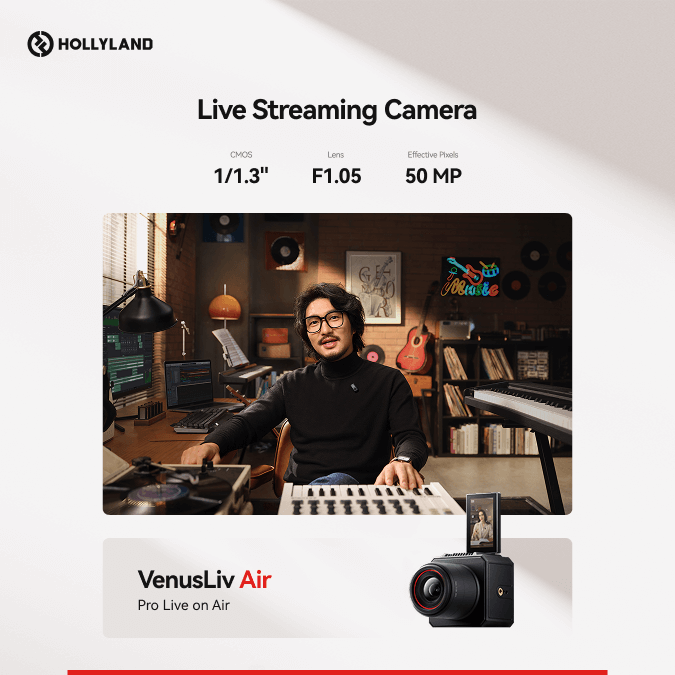Ever had to stop recording a video because the audio sounded awful? In film, interviews, stage performances, or corporate videos, great sound is just as important as great visuals.
That’s where Lavalier microphones shine—compact, clip-on, and perfect for capturing clear, hands-free audio.
But for serious setups, it’s time to go pro.
XLR lavalier microphones deliver high-quality, balanced sound and connect with professional gear. In this article, we’ll discuss why they’re a top choice for creators who won’t compromise on audio. Additionally, we’ll discuss some of the best XLR microphones in detail.
So, let’s get into it!
What is an XLR Lavalier Microphone?
It is a compact microphone featuring a built-in XLR cable connector for enhanced portability. This device delivers premium audio organized in balanced frequencies suitable for all types of discussions and streaming content. It also works well for video production. Clear vocal pickup combined with hands-free operation makes this a superior choice because users can easily attach it to their clothing through its clip design.
Benefits of XLR Lavalier Microphones
Here are some key benefits of using a wired lavalier microphone.
It is built to last.
XLR cables and connectors are tough, durable, and made for real-world use—whether you’re in the studio or on tour.
It is flexible by design.
With XLR, you can easily swap or upgrade your mic, cable, or mixer without overhauling your entire setup.
It is made for pro sound.
Expect cleaner audio, better dynamic range, and more detail than what you get from USB mics.
It is all about control.
External gear gives you hands-on control over gain, tone, and signal flow—so your sound is always dialed in.
Common Issues with XLR Lavalier Microphones
Although an XLR or a professional lapel mic works fairly well, a few issues may arise when using them. Here are some of the problems associated with the XLR Lavalier microphone:
Requires External Power or an Audio Interface
XLR lavalier microphones require phantom power to work, so you’ll need an external audio interface, mixer, or recorder. That adds extra gear to your setup and isn’t ideal for casual or mobile users who want a plug-and-play solution.
Less Portable Than Wireless Alternatives
This is another major problem with XLR lav mics. As mentioned, these mics rely on wired connections, which limit movement and portability. For content creators or professionals who need flexibility or work on the go, carrying cables, recorders, and other accessories can be inconvenient. This is a reason why, when you compare XLR vs wireless Lavalier mics, wireless mics offer better portability.
Limited Compatibility Without Adapters
You must have noticed that XLR connectors aren’t directly compatible with most smartphones, tablets, or basic cameras without special adapters or recorders. This could even lead to setup delays or even sound degradation during live shows or during recordings. Moreover, this can limit versatility for users who want to switch between professional and consumer gear, which eventually makes on-the-spot recordings pretty difficult.
Susceptible to Clothing Noise
Another common issue that arises with these kinds of mics is that they come with highly sensitive capsules that capture subtle sounds, which even include unwanted friction from clothes. The friction sound can even ruin the audio quality and may add unwanted noise, which would ultimately affect the sound quality of a recording.
Setup Complexity for Beginners
If you are unfamiliar with gain settings, phantom power, or balanced audio signals, getting started with XLR Lavaliers can be a little bit tricky. New users often struggle with technical configurations. Hence, complexity makes these mics less appealing for plug-and-play situations.
Best XLR Lavalier Microphones For Good Audio Quality
Now that we know about XLR Lavalier mics, let’s talk about some of the best options for the audio quality you desire. Here’s what you can consider:
Sony ecm-77b
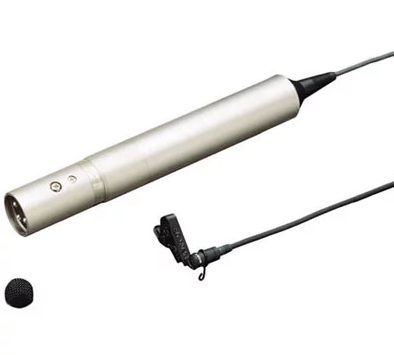
It’s yet another wired Lavalier microphone for recording purposes. It’s commonly used in TV, films, and even theatres because of its natural sound reproduction. This mic features an electret condenser capsule with a wide frequency response of about 40 Hz to 20 kHz, ensuring accurate voice pickup across a broad audio spectrum.
The omnidirectional pickup pattern captures consistent sound regardless of mic position, while its high sensitivity (-52 dB) and low inherent noise (≤30 dB SPL) make it ideal for clean recordings.
With a dynamic range of 90 dB -120 dB SPL max input, it handles both soft speech and louder environments with ease.
Sennheiser ME 2-II

The Sennheiser ME 2-II is an omnidirectional Lavalier microphone used for crisp voice recording in interviews, presentations, and movie shoots. It is known for its high speech intelligibility; it easily clips to any form of clothing, which makes it perfect for mobile content creators and professionals.
This microphone features a pre-polarized condenser capsule and a 3.5mm jack, which fits perfectly with Sennheiser’s Evolution Wireless systems, AVX, SpeechLine Digital Wireless, and XS Wireless.
Even though it is lightweight (only 30g), it can manage sound pressure levels up to 130 dB, so the sound remains clear even in extremely loud situations. The ME 2-II provides the performance and reliability that professional audio applications demand in a convenient, easy-to-use package.
Rode Lavalier

The RØDE Lavalier is a premium broadcast-quality microphone designed for clear, natural sound in demanding audio environments. With its ultra-low-noise omnidirectional capsule, it captures voice consistently from any angle, offering excellent flexibility in mic placement—perfect for film, TV, theatre, and live productions.
Its standout feature is the MiCon connector system, allowing seamless compatibility with a variety of wireless transmitters, audio consoles, and cameras. This mic is built for field durability and even includes a Kevlar-reinforced 1.2m shielded cable. It comes in a water-resistant hard case for added protection.
Hollyland Lark Max – The Best Non-XLR Alternative for Professional Audio

While not an XLR microphone, the Hollyland Lark Max stands out as a powerful alternative for creators who want studio-quality sound without the hassle of cables and adapters. With MaxTimbre™ mic technology and advanced noise cancellation, it delivers crisp, clear audio in any setting, like a podcast or a live stream.
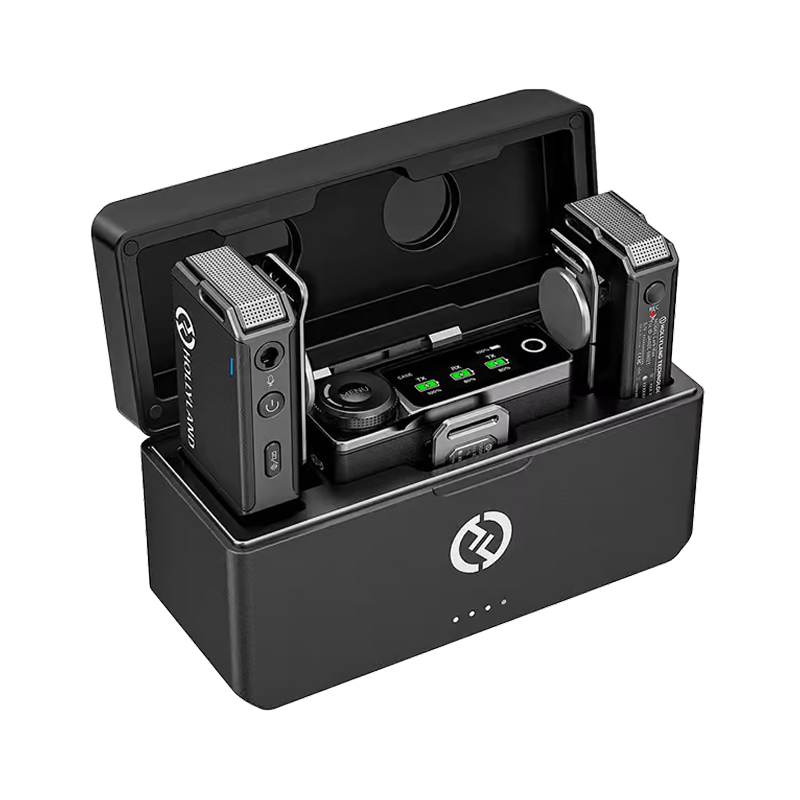
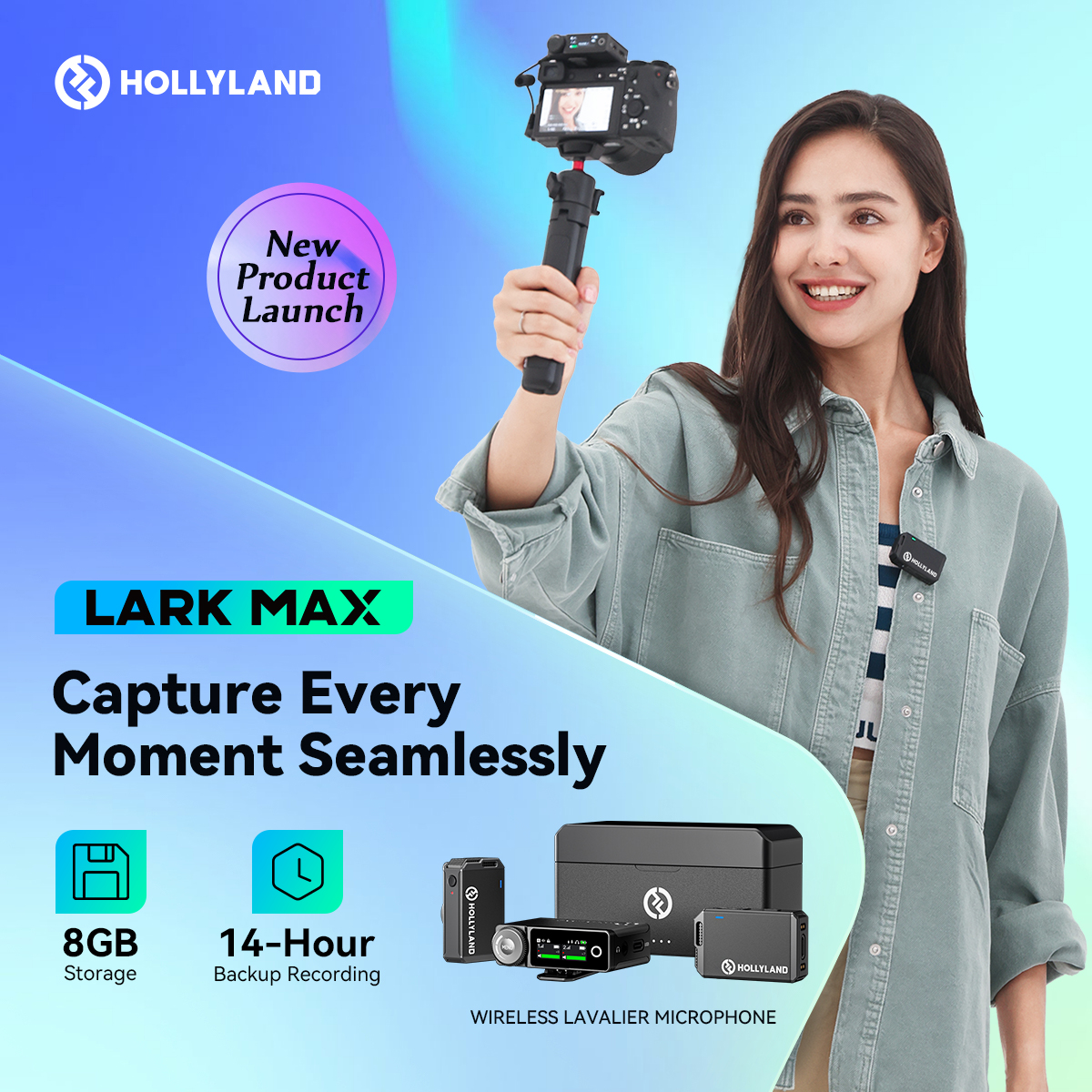
Hollyland LARK MAX - Professional Wireless Microphone
A professional wireless microphone system featuring studio-quality audio with advanced noise cancellation.
Key Features: Studio-Quality Audio | Magnetic Attachment | 8GB Internal Recording
The built-in 8GB storage allows for up to 14 hours of backup recording, and the system supports a wireless range of up to 820ft. Lightweight, magnetic, and compatible with cameras and smartphones, it’s perfect for content creators, educators, and on-the-go professionals.
Designed for modern creators, it features:
- 300 mAh Battery
- 48kHz / 24-bit high-resolution audio capture
- Professional Environmental Noise Cancellation (ENC)
- Up to 22 hours of total battery life with charging case.
- Real-time monitoring via 3.5mm headphone jack.
In addition to the above, this mic comes with a plug-and-play convenience, universal connectivity with devices, and ultra-stable wireless performance, which definitely makes it a go-to choice for mics.
Conclusion
Now that you know about different kinds of XLR microphones and their pros and cons, you can select the best mic that fits your needs. Though these kinds of mics come with certain limitations, they can be used in various settings. However, it’s important to look for certain aspects, such as price and audio quality, while choosing your XLR mic. Lastly, it’s highly suggested to go for wireless options for desired results.
Frequently Asked Questions
1. Is XLR better than USB?
XLRs are better quality, more durable, and have more control. USBs are more convenient but lack depth and flexibility in advanced situations.
2. Do I need an audio interface for an XLR mic?
Yes. XLR mics don’t connect to your computer directly—you need an audio interface or mixer with XLR inputs to power the mic and convert the signal for recording or streaming.
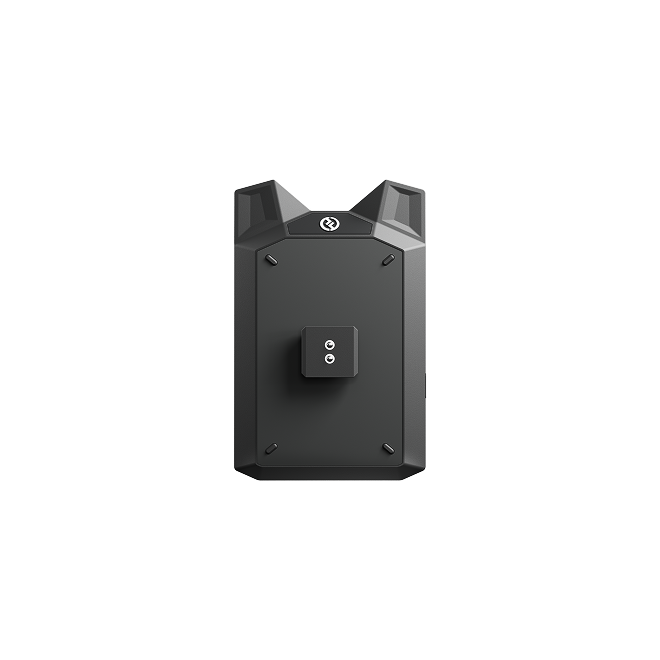

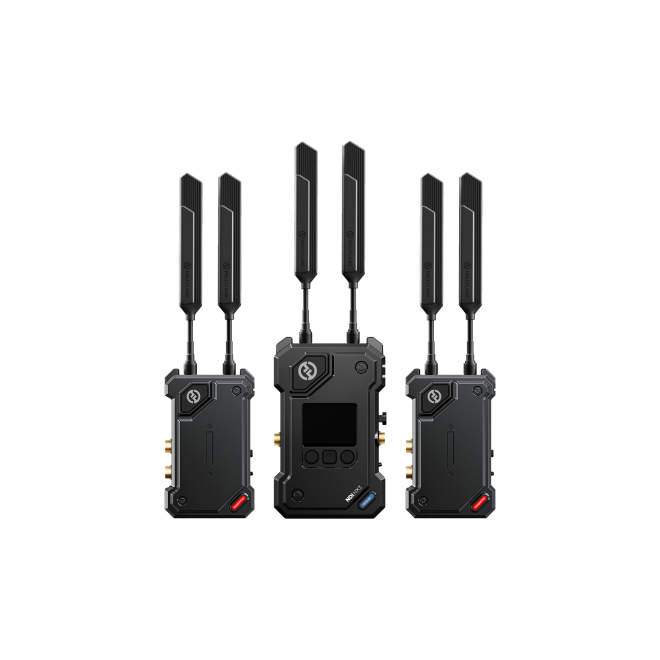
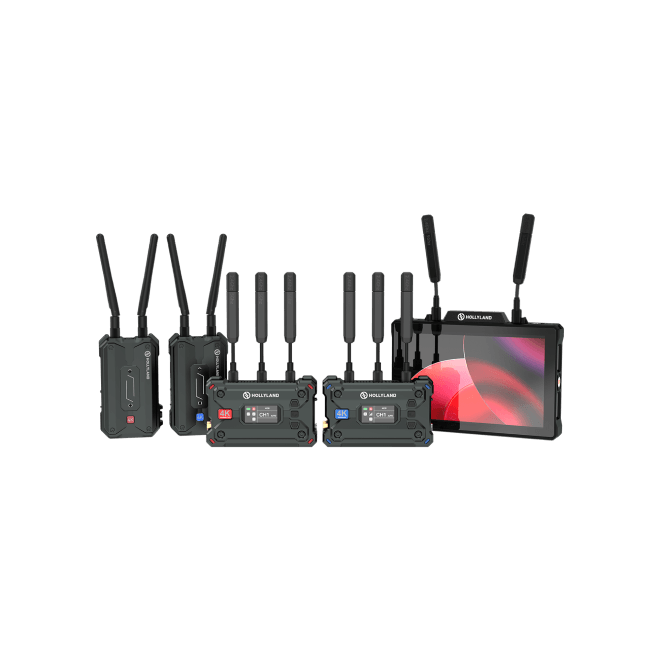
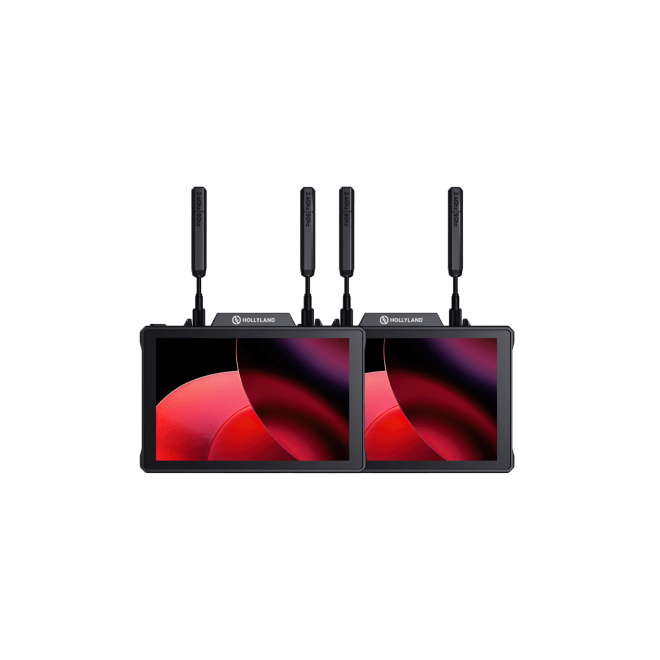
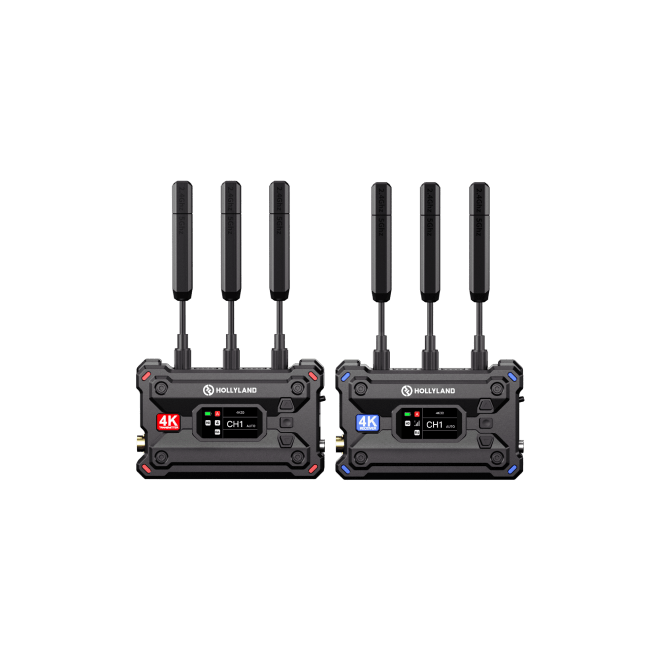
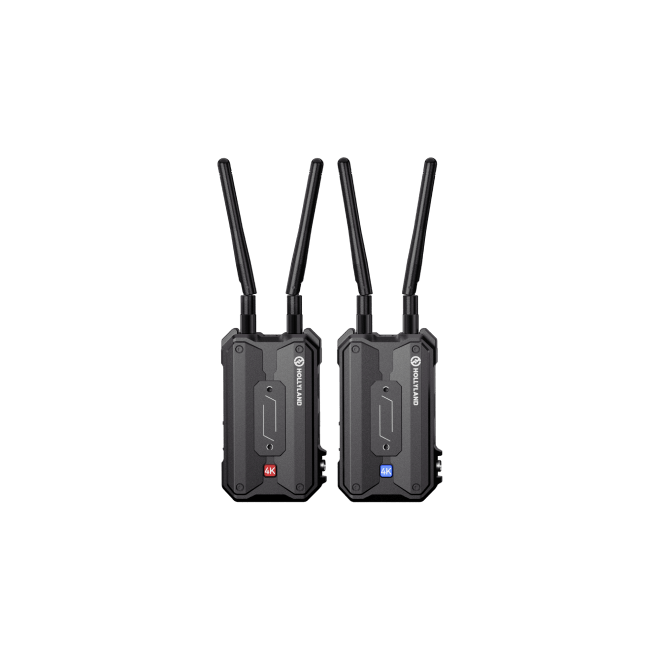
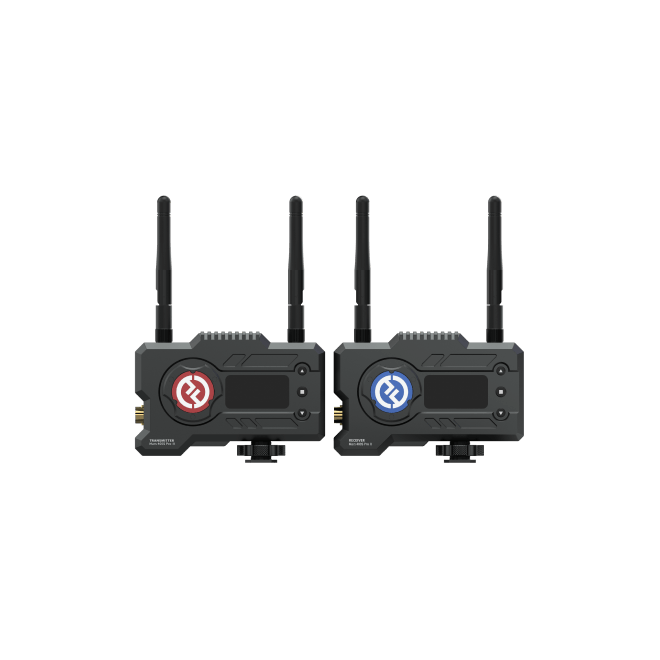
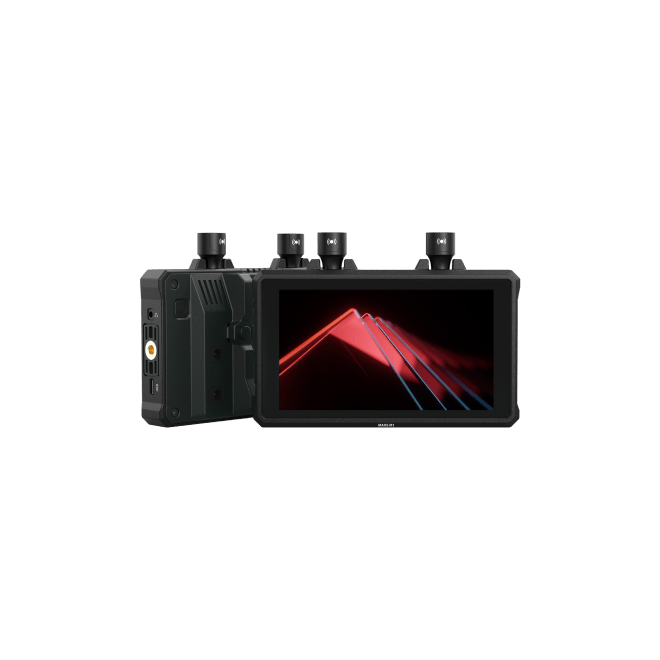
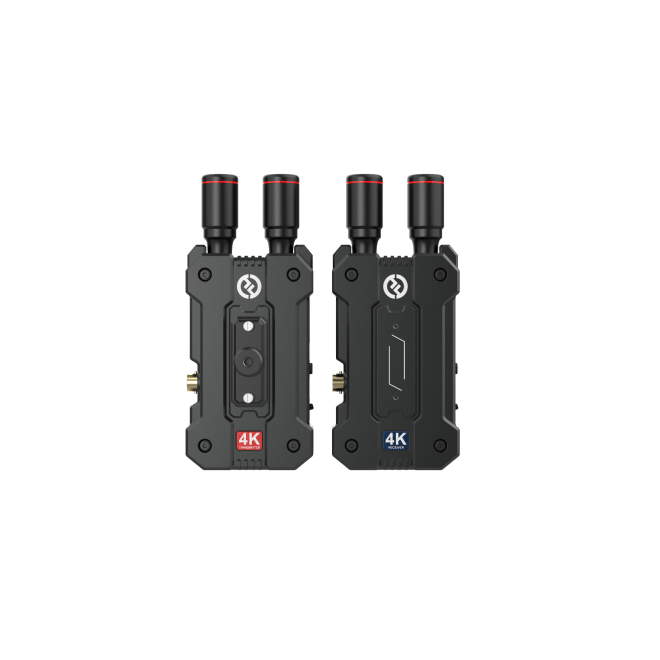
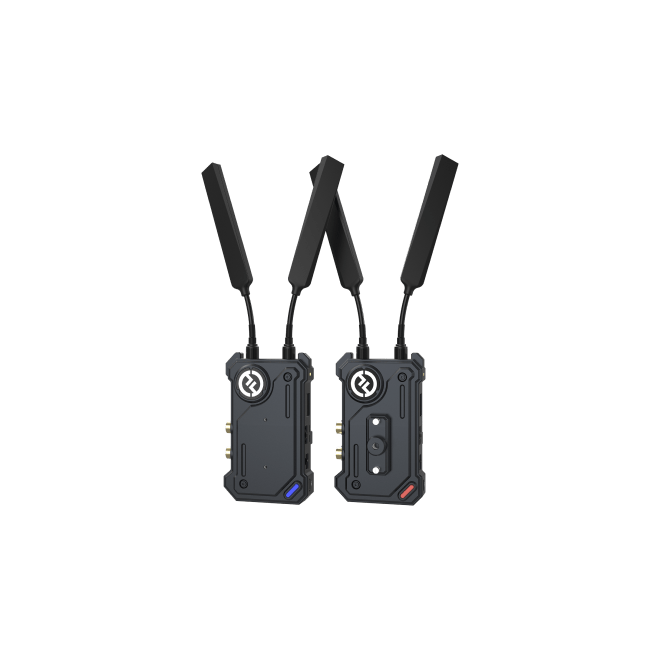
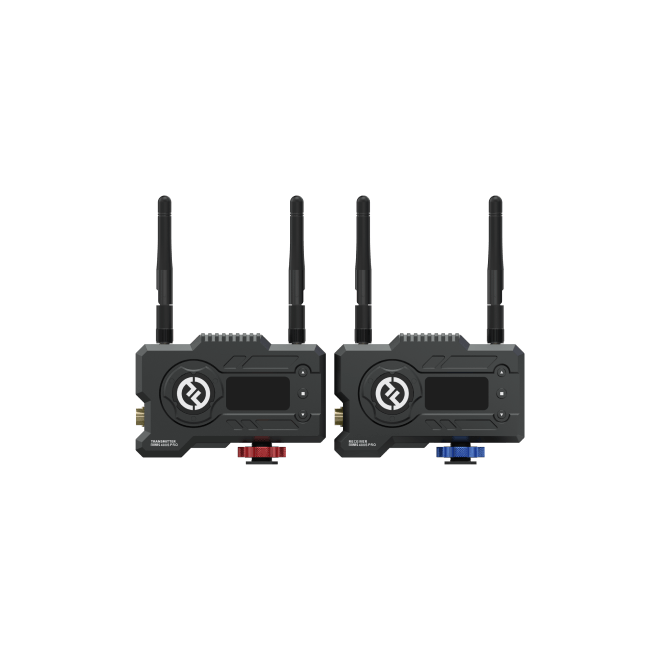
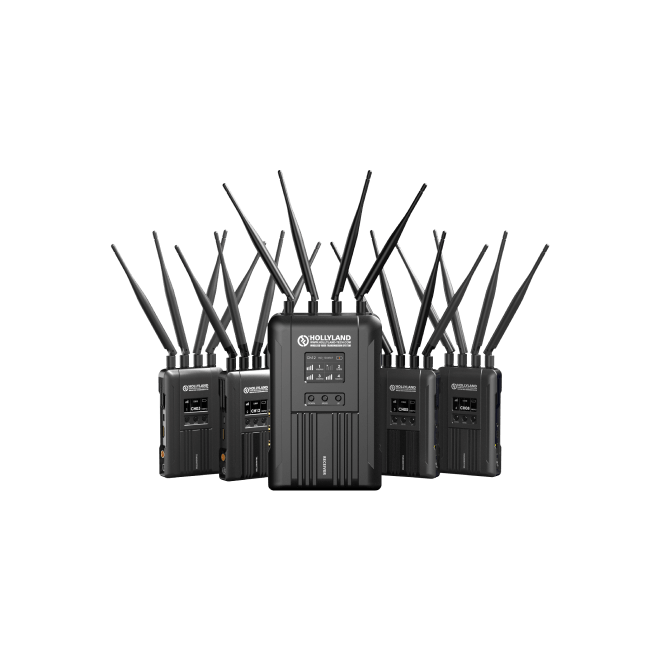
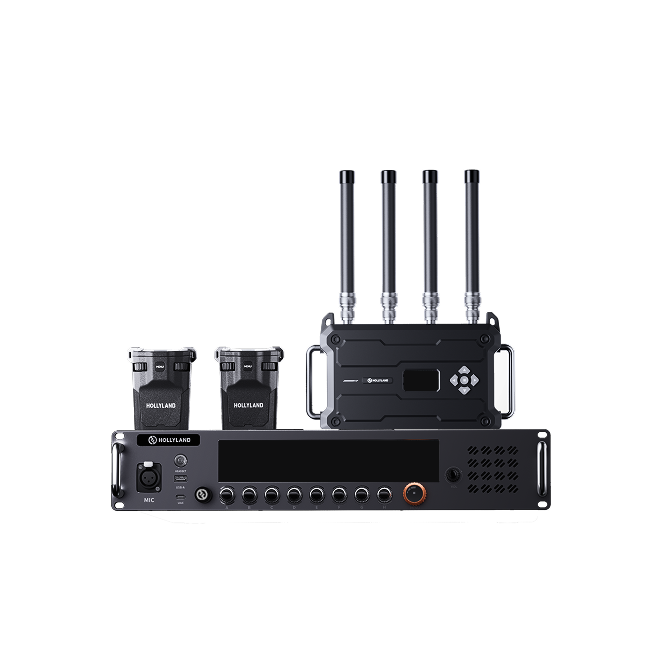

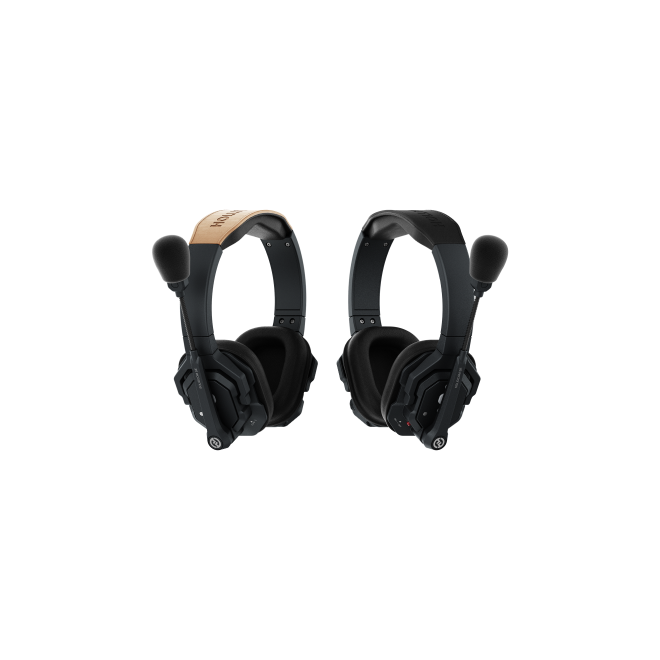

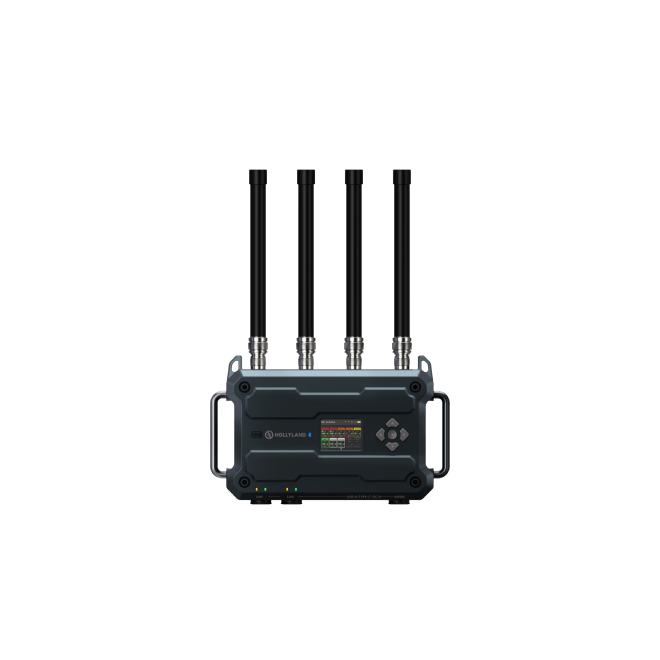
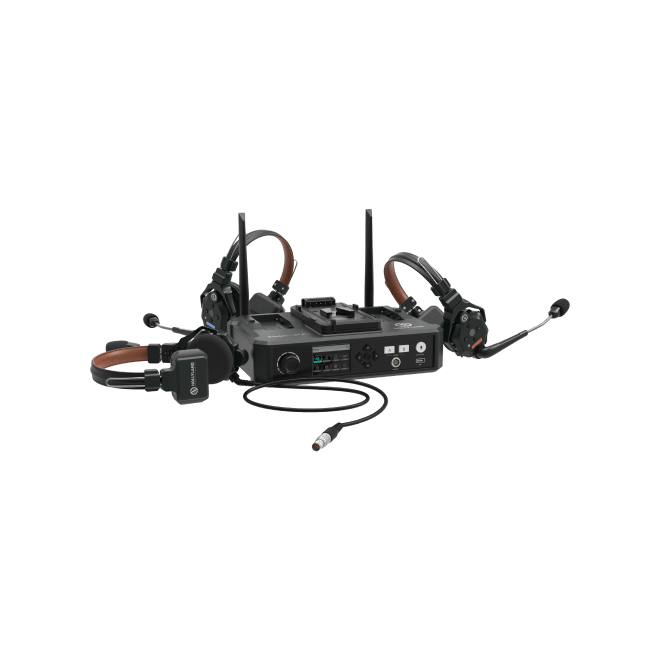
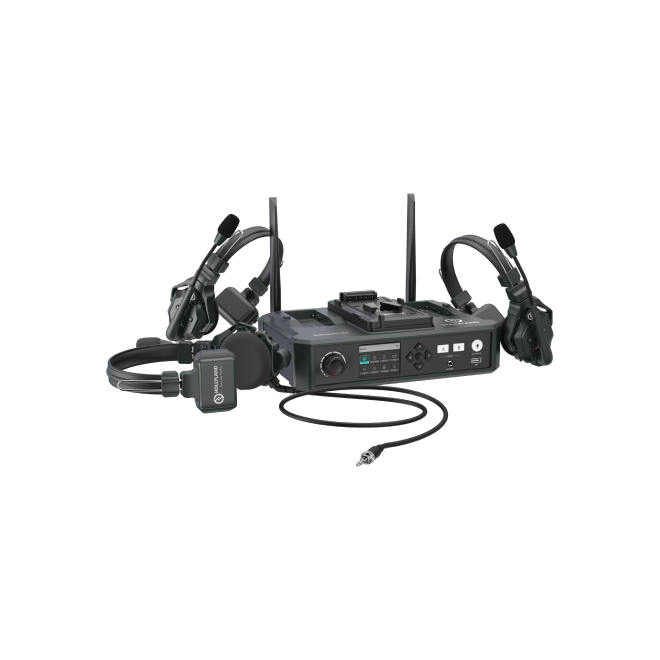

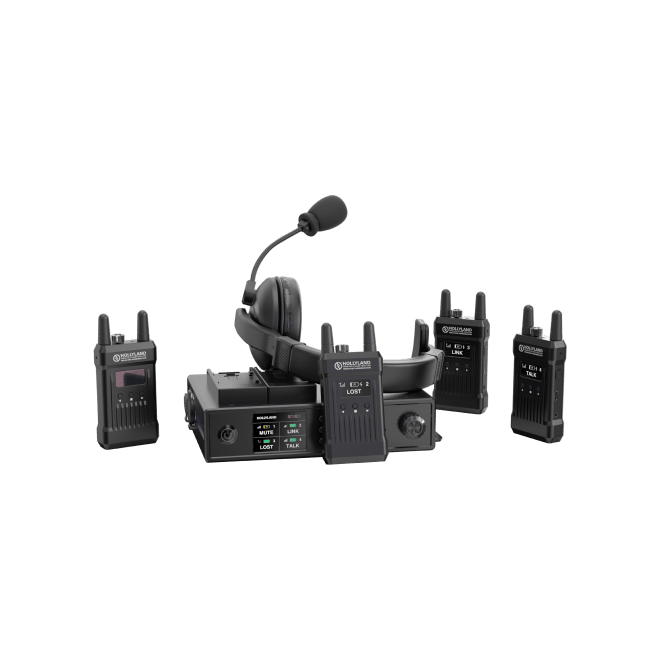

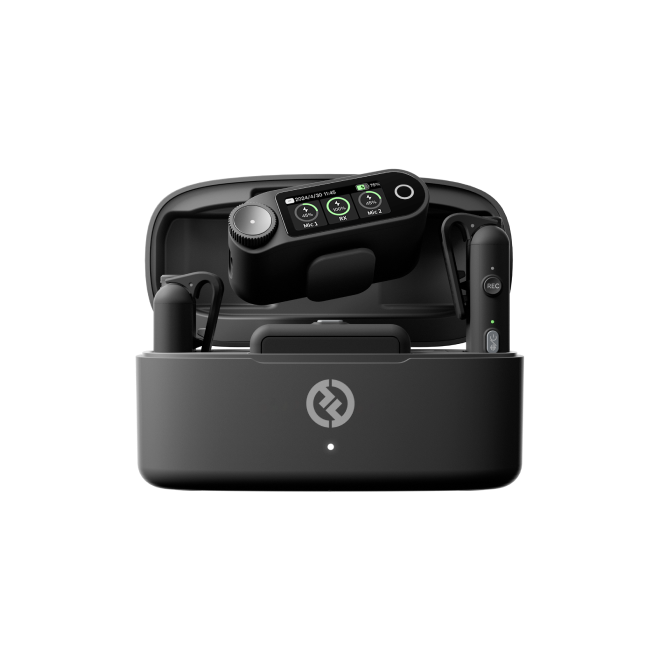
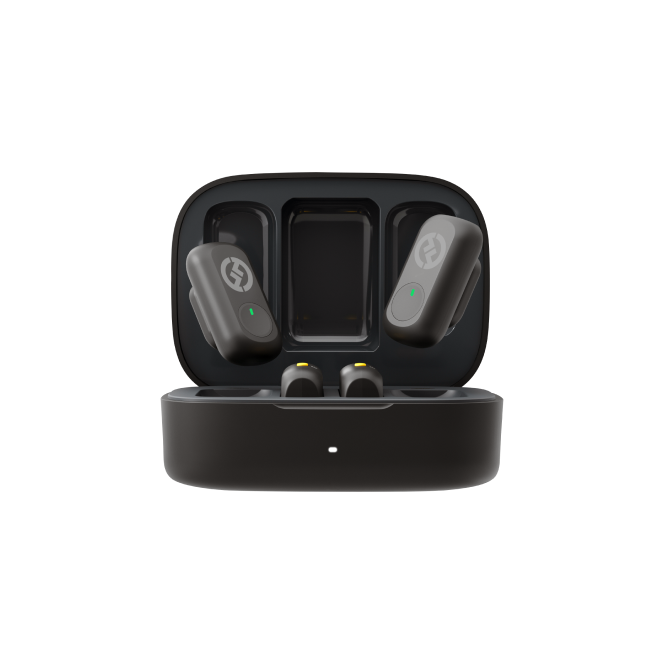

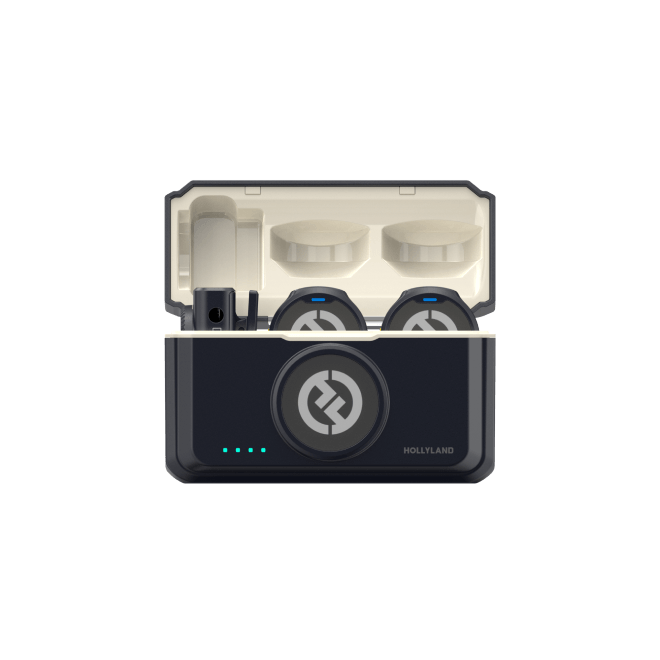
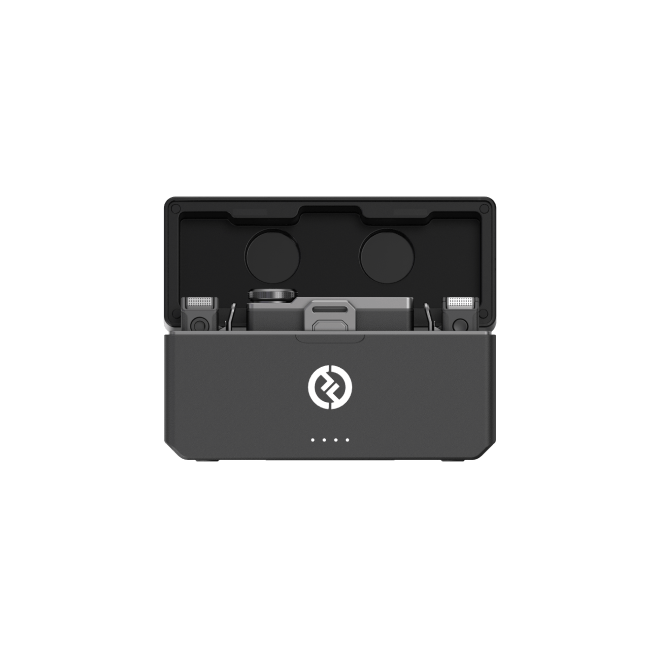
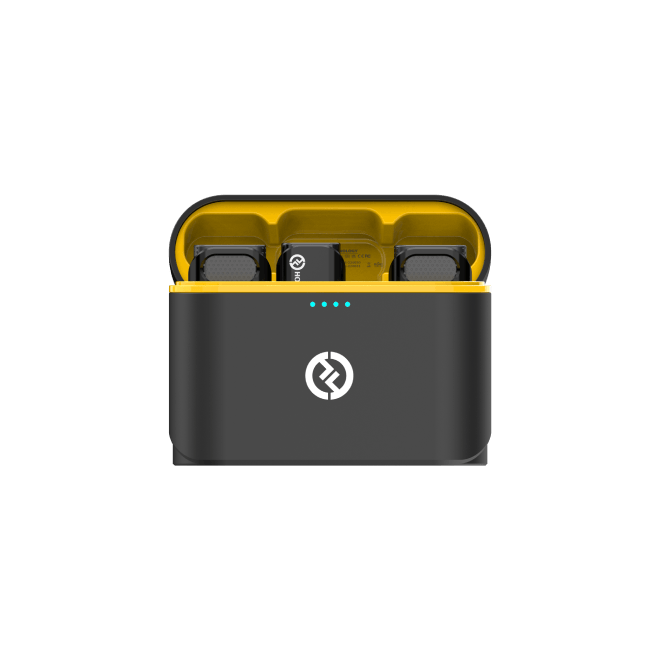
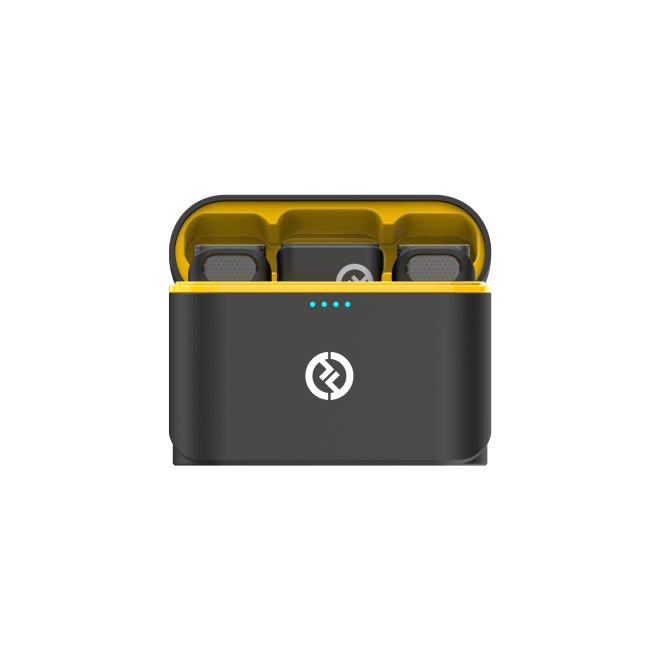
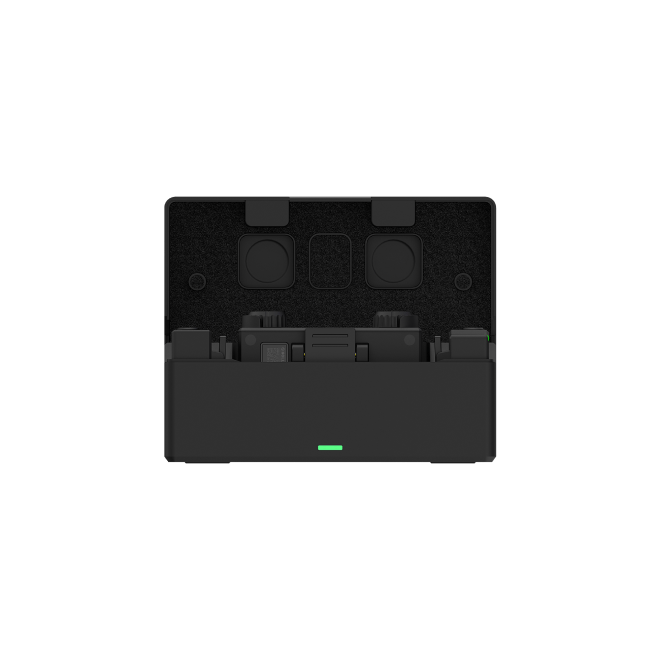
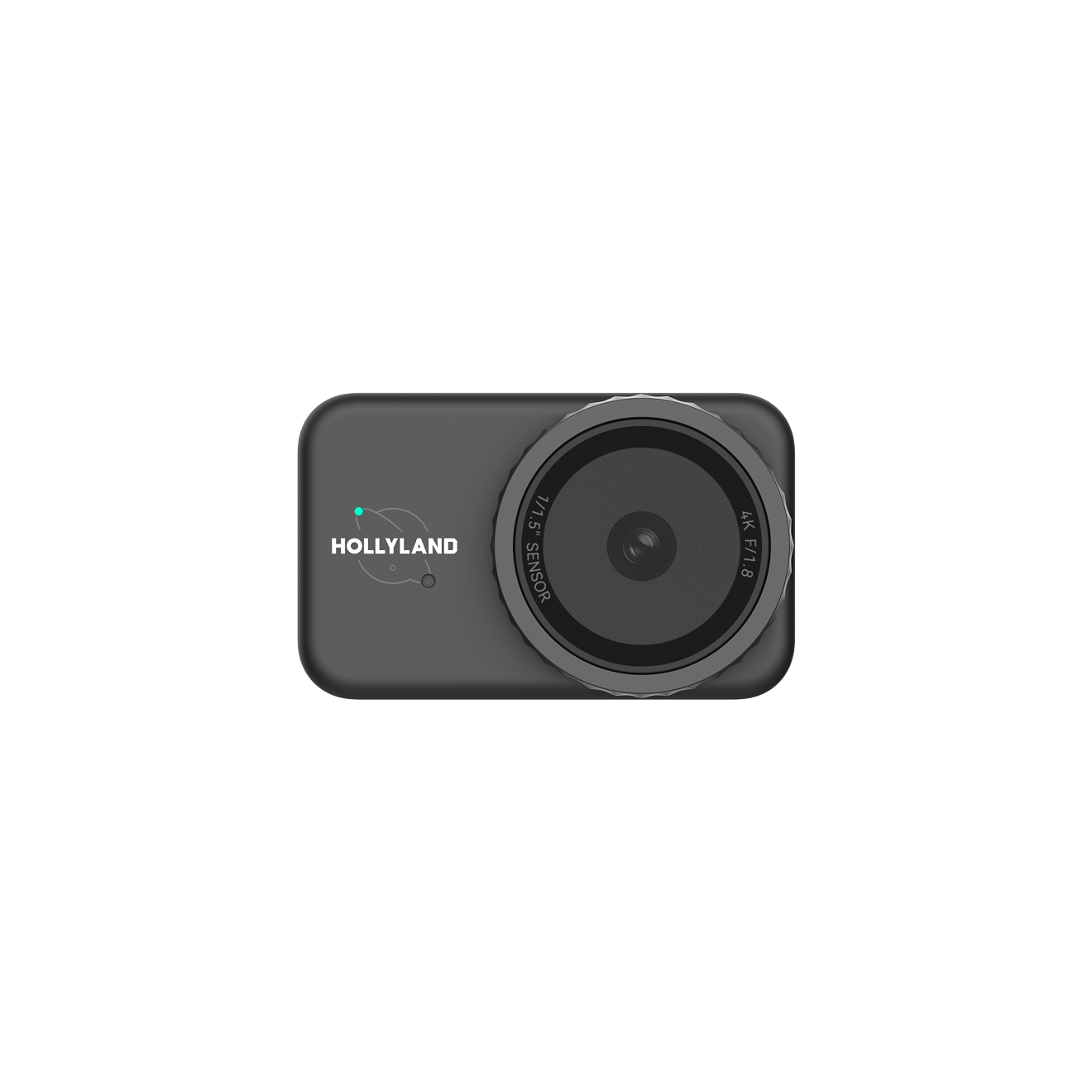

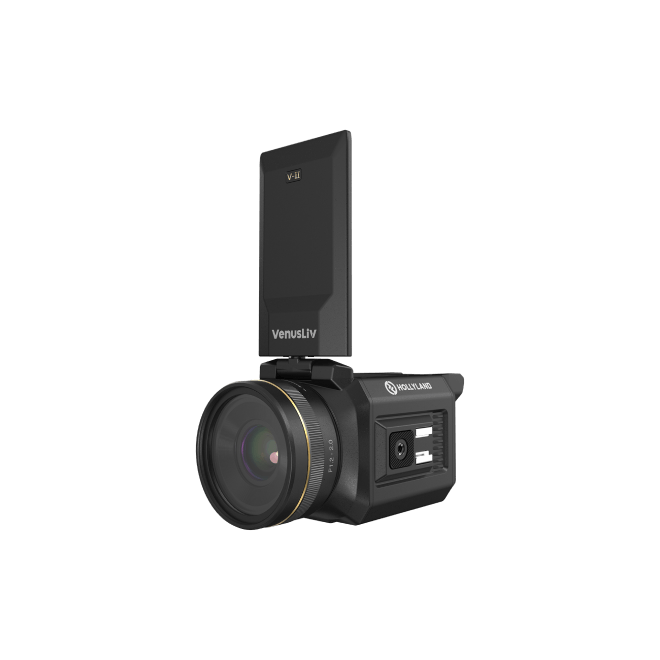
.png)


